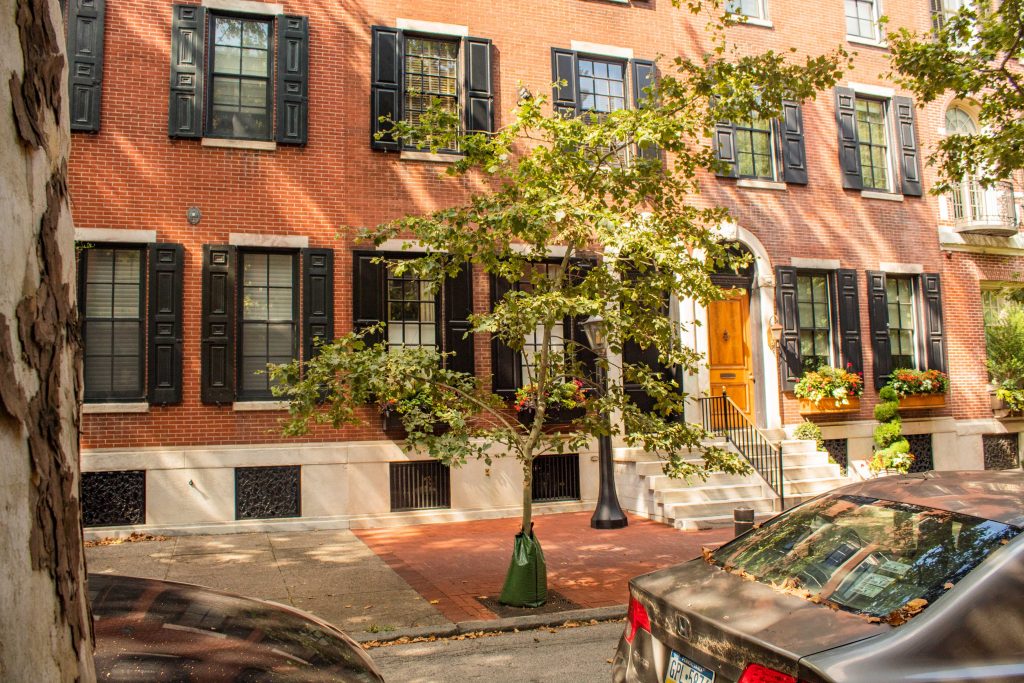
June 2023 saw some of the hottest temperatures on record, following years of increase due to climate change. Making matters worse, it also happens that 2023 is an El Niño year. El Niño is a natural climate occurrence marked by warmer-than-average sea surface temperatures and hot summer days. This intense heat has also strained the power grids across the United States. For example, Texas, where the statewide power grid covers most of its territory, has been struggling with power outages all summer. Accordingly, the state received $60 million in federal funds to strengthen its grid.
Furthermore, the intense heat that has scorched the Earth caused wildfires in the eastern provinces of Canada. The wildfires’ smoke covered the Northeast United States, and the deteriorating air quality has been exacerbated by the heat. People with disabilities and immunocompromised people suffered most from bad air and power outages.
Meanwhile, winters have been snowier and icier in areas that already have a great deal of precipitation in the first place. A commonly overlooked consequence of climate change is the increased risk of spring flooding in these regions as a result of the increased snowpack, especially in flatter areas. The increase in the snowpack results from increased moisture in the air over these regions stemming from more active water in the oceans and other large bodies of water.
These are just three of the many effects that climate change-related heat increases will cause over the next several decades. While it is true that we must be willing to make aggressive moves to tackle climate change, we should also acknowledge the small impact we can make on an individual basis. According to the Arbor Day Foundation, trees are one of the most efficient fighters of climate change.
Trees remove carbon dioxide, the overabundance of which in the atmosphere is the primary cause of climate change, from the air. They also provide much-needed shade in urban areas. According to the Environmental Protection Agency (EPA), shade from trees can lower the temperature of surfaces by 20 to 45 degrees Fahrenheit. Trees also provide protection from harmful UV rays that cause cancer. Lastly, trees are important in preventing soil erosion. As the farmers in the Dust Bowl of the 1930s learned the hard way, the removal of trees can compromise other flora and lead to dust storms. By planting trees, the elements of erosion—wind, water and so on—are more effectively blocked.
Philadelphia offers a free service that allows city residents to plant trees. If you are interested in getting a free streetside tree planted by the city of Philadelphia, you can visit treephilly.org to put in a request. You must be a resident of the city of Philadelphia. If you rent property you can speak to your landlord about having a free tree planted. You can also reach out to friends and family who own property in Philadelphia to see if they would like a free tree.
It may seem small, but when we all do our part to fight climate change we can at the very least slow its harmful effects. One of the simplest ways to do that is to plant a tree.


